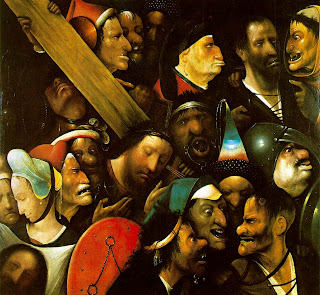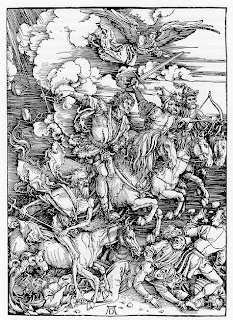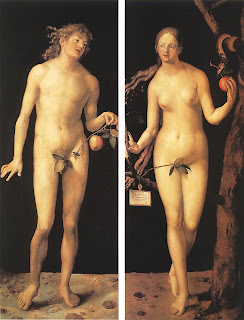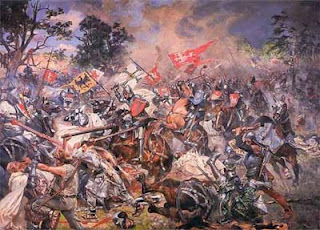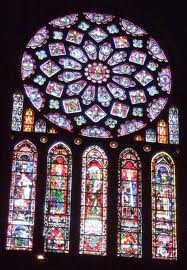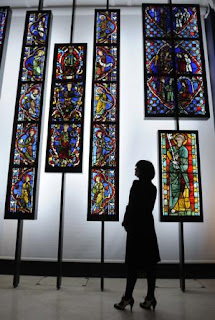During the reformation era, artists tended to paint based on the social and political views of their time. Since religion was a huge aspect of their social lives, artists tended to depict many of their own representations of scenes from the bible and everyday life from a religious view. The methods they used ranged from oils paints on wood or panels, to woodcut engravings… Yet despite their canvas or method of choice, the artists of the era had created some of the most beautiful and famous masterpieces that society has had the pleasure of witnessing.
This painting is a prime example of an artist of the era representing a scene from the bible… In this case, the New Testament. It depicts when Christ was carrying his cross through the city. This artist wanted to depict not only Christ, but the enraged people of Jerusalem that he had to pass through on his way to be crucified. This current picture uses an oil paint on panel technique1. The material of the panel is undefined, but during those times it was common that panels were made of hard wood such as poplar or mahogany due to their non-warping qualities. However, paint cannot be directly applied to the wood itself because it will not properly adhere to the wood. The panel is prepared by applying two coats of hot hide glue to saturate and penetrate the fibers of the wood. After the coats are dry, a piece of linen cloth (slightly larger than the panel itself) is soaked in the hot glue and applied to the panel. After it is dried, the panel is then covered with two more coats of the hot hide glue. After this is done, the panel is painted with 15 to 20 thin coats of gesso which is “a white, plaster-like preparation made of marble dust, water and the hide glue.”2 After the gesso is completely dried, the panel is sanded to a marble like smoothness and is then ready to paint.
For this piece of artwork, the artist used a woodcutting technique to engrave his representation of the four horseman of the apocalypse as read in Revelations of the New Testament. This technique is done by hollowing out areas of a plank of wood using a chisel. This technique was used to transfer the design to paper or other surfaces. “The transfer of this design onto paper is achieved by inking the surface with typographic ink and applying pressure with a press.”3 This was done so that the artwork could be used to design and decorate large areas or mass produced.
The artists of the reformation era have showed their interest in representing images from the bible in multiple formats. The use of oils on panel technique has proved to insure their paintings to survive through time, and the use of woodcutting engraving has given their artwork a chance to be shared and used in multiple areas. The artwork of the time truly has become some of the most beautiful masterpieces that societies have had an honor in witnessing.
Resources:
